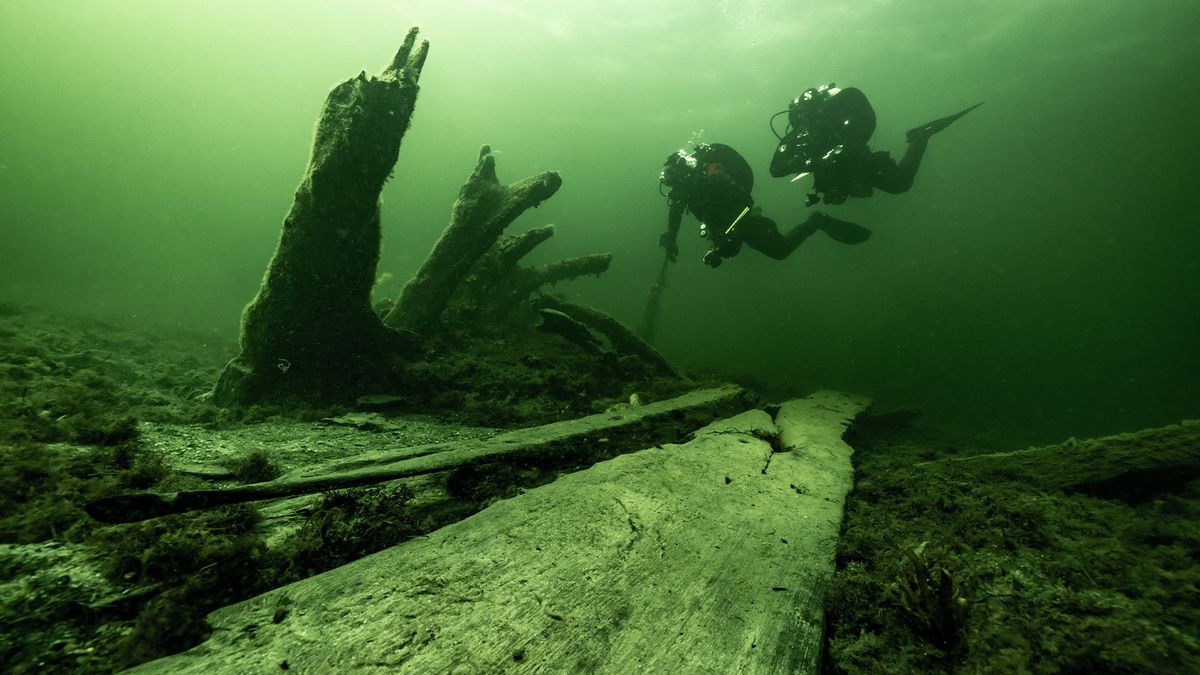In a groundbreaking discovery, Swedish underwater archaeologists have found evidence that could change our understanding of naval warfare in the late 15th century.

The team, led by maritime archaeologist Rolf Warming and Professor Johan Rönnby, investigated the wreck of the Gribshunden, a royal Danish warship that sank in 1495 near the town of Ronneby. This ship, also known as the "Griffin Hound", was a "floating castle" that met its demise due to a fire, believed to have been caused by the mishandling of gunpowder.
The discovery centered around a chest believed to contain tools used to make lead bullets for the first handguns, a significant indication of the evolution of naval battle tactics, from hand-to-hand combat to fighting at a distance using firearms, Live Science points out.

This chest, found submerged in the wreckage, contained ball-shaped lead firing molds, lead plates and cylinders probably used as gunpowder containers. These objects suggest an early experimentation with weapons warfare at sea, which Warming describes as the beginning of a "military revolution at sea". However, it wasn't until more than a century later that these tactics became widespread.
The Gribshunden, which was Danish King Hans' flagship, was returning from Kalmar - a key location in the 14th century Kalmar Union agreement - when it sank. The ship's voyage was part of a diplomatic mission aimed at persuading Sweden to join the union under King Hans. The discovery raises questions about the circumstances surrounding the fire, including possible sabotage, given the political tensions and the small number of soldiers on board due to the diplomatic nature of the mission.
The authors used photogrammetry to create an accurate 3D virtual model of the weapons vault, which is still submerged, in the hope of recovering and preserving its contents soon. In addition to the weaponry, the archaeologists also discovered evidence of "elevated combat platforms" incorporated into the ship, predating the known cases of such adaptations, which were usually added after a ship was built.






